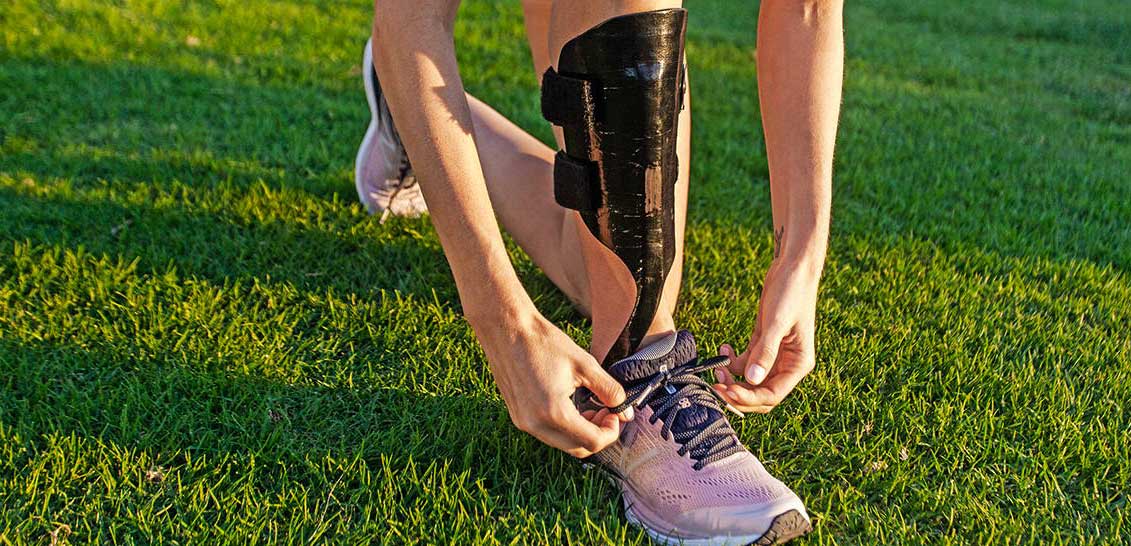In the two previous installments of Choosing the Right AFO for the patient, the issues of OTC and custom fitting were presented and the Same or Similar issue was reviewed with a real-life example of a patient who now requires a new device. Let’s now delve into the design features available on custom fabricated AFO. But just before doing that let’s provide a general description of what custom fabrication means when it comes to AFO.

Custom fabricated AFO must be generated from a 3D image of the patient’s extremity. This could be derived from a cast or scan of the patient and then either a physical (cast) or digital (computerized) model of the patient’s extremity is then produced. From this raw materials are used to manufacture an AFO. Some (a key word) pre-fabricated components are permitted to be used. The key here is that the key components of the device must be made from raw materials and not previously been produced. Pre-produced components such as hinges, soft tissue interfaces, postings, straps, rivets, screws, etc. would all be considered acceptable preproduced components.
According to the Medicare LCD on AFO, for any AFO to be covered for an ambulatory patient the chart must indicate:
The patient requires stabilization for ambulatory purpose AND
The patient has the ability to benefit functionally
Evidence supporting these two issues must be clearly provided in the chart. Simply reiterating the words in the policy will not suffice.
As for custom AFO, the LCD requires only one of the following five conditions to be supported (those in bold being the most common):
The patient will require the device for long term use (>6 months)
or
The patient has a multi plane deformity of the knee, ankle or foot that requires correction or
The patient could not be fit with a pre-fabricated AFO or
The patient has a documented neurological, circulatory or orthopedic status that requires custom fabrication to prevent tissue loss or
The patient has a healing fracture which lacks normal anatomical integrity.
Simply to reiterate these facts is to fail an audit. One must perform a thorough H/P and biomechanical examination before one can have sufficient evidence to document that the patient fulfills the needs for a custom fabricated AFO. For the seasoned practitioner with knowledge of biomechanics this should not be a challenge.
Part IV will cover the design features of a custom AFO






